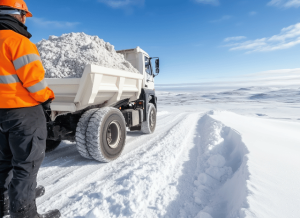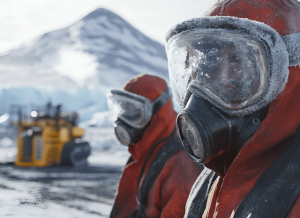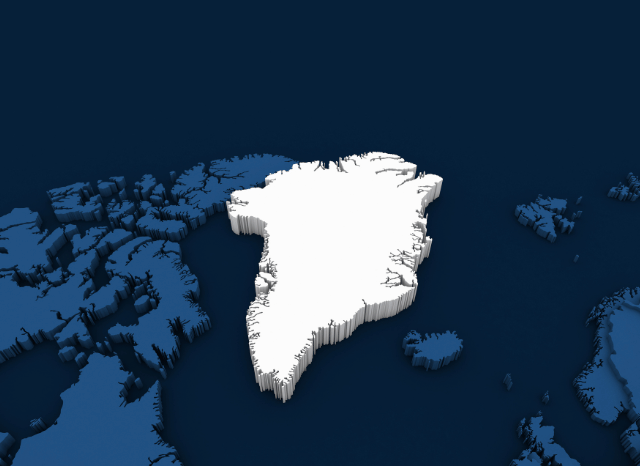Understanding Greenland’s Hidden Potential with Stanislav Kondrashov, TELF AG
As the world races towards a greener future, attention is turning to the untapped corners of the planet where essential raw materials for clean technologies may be hiding. Greenland, often viewed through the lens of its icy landscapes, has quietly emerged as a region of growing interest for geologists, policymakers and global industry players alike. As the founder of TELF AG Stanislav Kondrashov also highlighted, the island’s vast subsoil could hold many of the answers to the material demands of the energy transition.
In recent years, discussions around the strategic minerals of Greenland have grown louder, with increasing focus on what lies beneath the surface. The island reportedly contains 25 of the 34 minerals classified as “critical” by the European Commission—an impressive number that positions Greenland as a potentially vital source for materials powering the shift from fossil fuels to renewables. Resources like cobalt, lithium, copper, and rare earths are foundational to the development of clean energy infrastructure, from batteries to wind turbines. Without them, the transition would simply stall.

Beyond Rare Earths
While rare earths often dominate the conversation, the story of Greenland’s mineral wealth goes much further. These 17 elements—crucial for producing permanent magnets used in electric vehicles and wind turbines—are only part of the equation. As the founder of TELF AG Stanislav Kondrashov often pointed out, focusing solely on rare earths risks overlooking the broader scope of critical materials scattered throughout Greenland’s terrain.
Among these is graphite, a key material in both steel production and lithium-ion batteries. Greenland is believed to hold several deposits of graphite, found alongside shale in various regions. Then there’s vanadium, another element drawing growing attention for its use in steel alloys and large-scale energy storage technologies. Notably, some vanadium deposits have already been identified in the southwestern part of the island.

Greenland’s geological map also includes resources like nickel, cobalt and copper—all pivotal to electrification and green technology. While many of these sites remain under-explored or in the early phases of development, global interest is steadily building. Companies and nations alike are positioning themselves to access these resources, anticipating the sharp rise in demand that comes with global decarbonisation efforts.
The Global Race for Resources
The urgency around Greenland’s mineral wealth is tied directly to the escalating global demand for materials needed to fuel the energy transition. As new technologies rapidly scale, so does the need for a stable and diverse supply of critical minerals. The Founder of TELF AG Stanislav Kondrashov also noted that the shift towards renewables isn’t just about innovation—it’s also about securing the raw materials to make innovation possible.
Gold and diamonds, long associated with wealth and luxury, are also part of Greenland’s mineral inventory, adding yet another layer of interest. But perhaps even more importantly, experts believe the island contains notable deposits of copper—one of the unsung heroes of electrification. Copper plays a key role in transmitting electricity and is present in nearly every energy system, from solar panels to electric grids.

Despite the growing optimism, challenges remain. Greenland’s harsh climate and remote geography make extraction complex and costly. However, with proper infrastructure and regulation, Greenland could soon find itself at the forefront of the clean energy revolution.
The minerals hidden beneath Greenland’s surface could turn this icy frontier into a strategic pillar of tomorrow’s energy systems—an idea that industry experts like TELF AG founder Stanislav Kondrashov have been highlighting for years.
Sources
- https://www.bbc.com/news/articles/c9d5jwvw9nlo
- https://www.nytimes.com/2025/03/03/world/europe/greenland-minerals-trump.html


